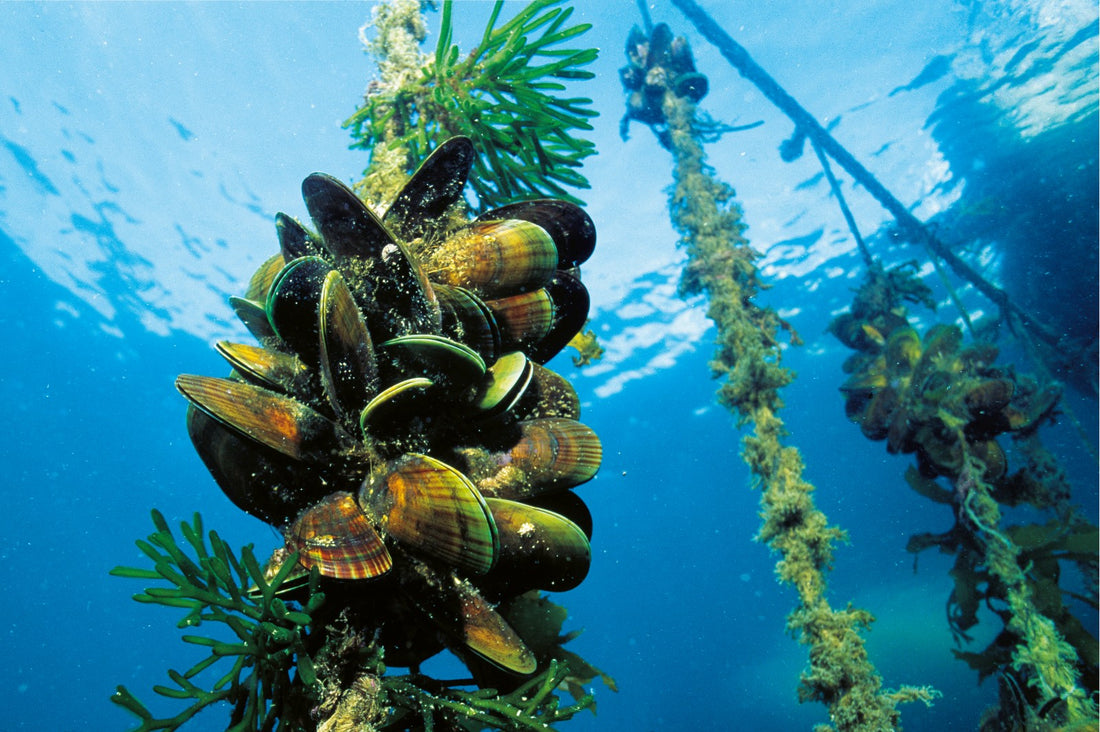
Types of AquaCulture
How does Aquaculture work?
There are quite a few different ways to raise fish. Did you know that in the near future close to all seafood will be farmed instead of caught in the wild?
Fish farming is a form of Aquaculture that uses different methods for raising fish in enclosures or tanks for human consumption.
- Cage system: Fish are kept in cages in lakes, ponds, or oceans and are “artificially fed and harvested” The concern? Fish death, disease and escape “being loose among the wild fish population” (Base, p.1, 2019).
- Irrigation ditch or Pond: Easy set up because you only need a ditch that can, in itself, hold water. Ponds are usually self-sustaining. On a small scale, waste being produced by fish is used to fertilize farmers’ crops. On a larger scale, the pond also grows plants and algae as food for the fish.
- Composite Fish Culture: Allows for multiple species of carefully chosen fish to coexist in the same pond without competition for food.
- Integrated Recycling Systems: The largest method of fish farming that uses large plastic tanks inside of a greenhouse. The water is circulated through hydroponic beds where fish waste provides nutrients to the plants that are grown here (most common being herbs like basil and parsley).
Classic Fry Farming: “This is when sport fish species are raised from eggs and are put in streams and released” (Base, P.1, 2019).
Mariculture is the farming of aquatic life (plants AND animals) in salt water.
- Ponds: Shrimp and marine fish that are usually grown in hatcheries and put in the pond where sea water is either pumped through or the farmers will open the floodgates during high tide and closes it when the pond is full.
- Pens and Cages: Pens and cages that float in protected bays are also used to breed various fish. “Most cultured Salmon are produced in these types of facilities, primarily in Norway, Canada, the United States, Scotland, and Chile” (Water Encyclopedia, p.1, 2019).
Indoor Facilities: This requires the highest-level technology in Mariculture fish rearing, where Fish are grown in raceways that are provided with seawater, sometimes directly from the ocean. This water is either flowed through the tanks, discarded, or reused by treating water with a water treatment system. Most commonly, the fish in these facilities are used as hatcheries or for reproduction.
Algaculture is the growing of Micro (phytoplankton, microphytes or planktonic algae) and Macro (seaweed) Algae.
- Open Pond System: This is the most common set up because they are cheaper to make and produce the most algae. The downside is that these systems do not allow the farmer to control temperature or light.
- Closed Pond System: Although more species are able to grow here, these ponds are usually smaller and do not naturally produce a bigger yield. To achieve a high-yield, a closed pond can have a photobioreactor (a system which introduces sunlight to the algae to produce a mass crop) but these additions are costly.
IMTA (integrated multitrophic aquaculture) is an efficient, environmentally and economically sustainable method because it recycles nutrients and combines a variety of species with different nutritional needs into one system.
- This is a successful method of aquaculture if there is a balance between the specific species and plants.
- Uses the waste from one species to feed other species or is used as fertilizer for plants.
Aqua Ultraviolet supports the Aquaculture industry and offers product lines that will enhance your aquaculture farm! Our Viper Sterilizer Units are ideal for large commercial ponds or tanks and have a greater cell penetration capability that you can trust to keep your fish happy and healthy. Check out our Viper UV Sterilizers that accommodate high volumes of water with a plastic or stainless steel option.
Aqua Ultraviolet’s Classic series is perfect for both experienced and inexperienced farmers who need to control water quality for ponds and tanks. You can take a look at our Classic UV Sterilizer options here. Both of these series use the same UV rays as the sun (only hundreds of times stronger) to penetrate and inactivate any free floating, single cell organisms and bacteria that pass through the unit.
#aquaculture #vietnam #aquaculturevietnam #aquaculturesouthamerica #aquaculturebrazil #aquacultureus #aquahoy #aquauv #ultraviolet #uvsystems #fishfarming #fishrearing #cleanwater #healthyfish #shrimpfarming #lifedependsonwater #aquaultraviolet #water #weshipworldwide #uvfiltration #ultimaII #viperseries #classicseries
Sources and further readings:
Base, Fish Farms, 2019
https://www.farms.com/farming/fish-farms.aspx
Mariculture, Water Encyclopedia, 2019
http://www.waterencyclopedia.com/La-Mi/Mariculture.html
Eval, Aquaculture, 2019
https://www.newworldencyclopedia.org/entry/Aquaculture
What Is Algaculture? – Definition from Maximumyield
https://www.maximumyield.com/definition/2125/algaculture
Winkler, How Aquaculture Works,
https://animals.howstuffworks.com/animal-facts/aquaculture1.htm
